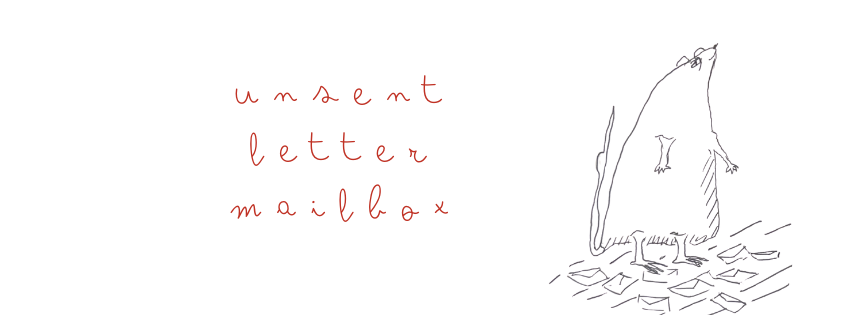The Psychological Benefits of Writing an Unsent Letter
Why healing through writing doesn’t always require a reply.
In the age of oversharing and infinite inboxes, it might feel counterintuitive to write something with no intention of sending it. But that’s exactly what makes an unsent letter so powerful.
It’s a practice rooted in honesty without performance and expression without consequence. We are social animals, wired to fear social ostracism. It’s hard to say the thing. But surprisingly, it’s not just good for the soul, it’s also good for the brain.
The unsent letter isn’t just a diary entry or a venting session. It’s a specific, intentional act of putting words to what aches—and then letting those words exist, unanswered. Emotions exist in a vague sense — putting it into words helps give it shape and thus make the feeling visible. We can finally deal with it, confront it and move on.
Let’s talk about the science.
1. Narrative Therapy Without an Audience
Writing an unsent letter is a cornerstone of narrative therapy, a form of psychotherapy that sees storytelling as a tool for healing. When we write, we organize emotional chaos into coherent narrative. That process, according to researchers like Michael White and David Epston (the founders of narrative therapy), helps separate people from their problems—giving them perspective and newfound agency.
Whether your letter is to a lost friend, a past self, or someone who hurt you, the simple act of narrating your version can be profoundly cathartic. Healing through writing doesn’t mean fixing the relationship. It means reclaiming your own story — or telling it through newfound perspective. We’re serving fresh perspective over here.
2. The Unsent Letter as Emotional Regulation
Let’s be honest: some things are better left unsent. That doesn’t mean they don’t deserve to be written.
Psychologists like Dr. James Pennebaker have long studied the effects of expressive writing on emotional health. His research shows that writing about intense experiences—especially when they’re unsent or unshared—can reduce anxiety, improve mood, and even strengthen immune function.
Why? Because it helps the brain process emotion instead of bottling it. Or worse—projecting it. The unsent letter becomes a container. A safe place to rage, grieve, long, or confess, without fearing judgment or fallout.
3. Closure Without Contact
Not all stories end neatly. Some never do. Going “no contact“ is a term being thrown around social media circles as a means of cutting communication ties with your ex. But we’re still often left waiting for an apology, an explanation, or a final word that may never come.
Writing an unsent letter can offer a kind of one-sided closure that doesn’t require cooperation. It’s a radical act of self-validation: I get to say what happened, what I felt, and what I needed. Even if it’s too late. Even if no one answers.
Psychologist Guy Winch calls this “emotional closure through private resolution.” It’s especially effective when direct communication is impossible or unsafe.
4. A Private Space for Public Courage
There’s something quietly rebellious about writing what you’ll never send in a culture addicted to immediate sharing. The unsent letter is a refusal to perform. It’s an act of emotional honesty that asks nothing in return. At The Unsent Letter Mailbox, we believe in creating a safe space and time to find the words to express the inexpressible. It’s an act of resistance that is about no one else, only you and your privacy and the fact that you deserve to grieve, and let go. The letter you’ll never send might be the most truthful thing you ever write.
Want to try?
Write a letter. Don’t send it. Fold it. Burn it. Or submit it to our online moral void to join thousands of other voices.
You can also drop it in one of our physical mailboxes in New York or Austin. Or join us at a Write to Read salon, where anonymous letters are written, exchanged, and read aloud by strangers who just might feel exactly the way you do.
